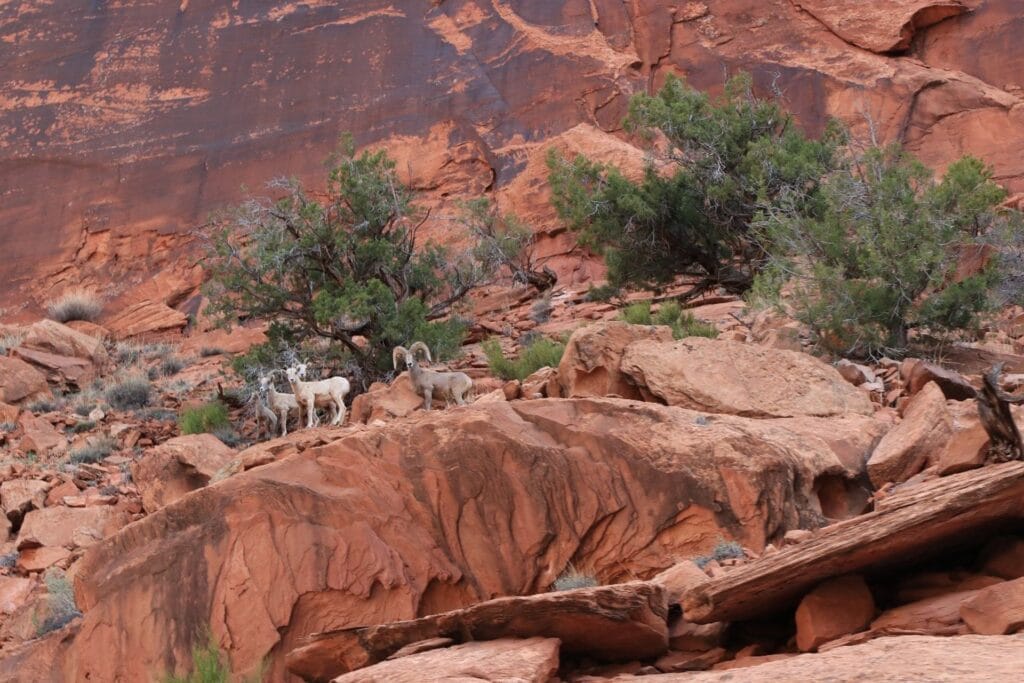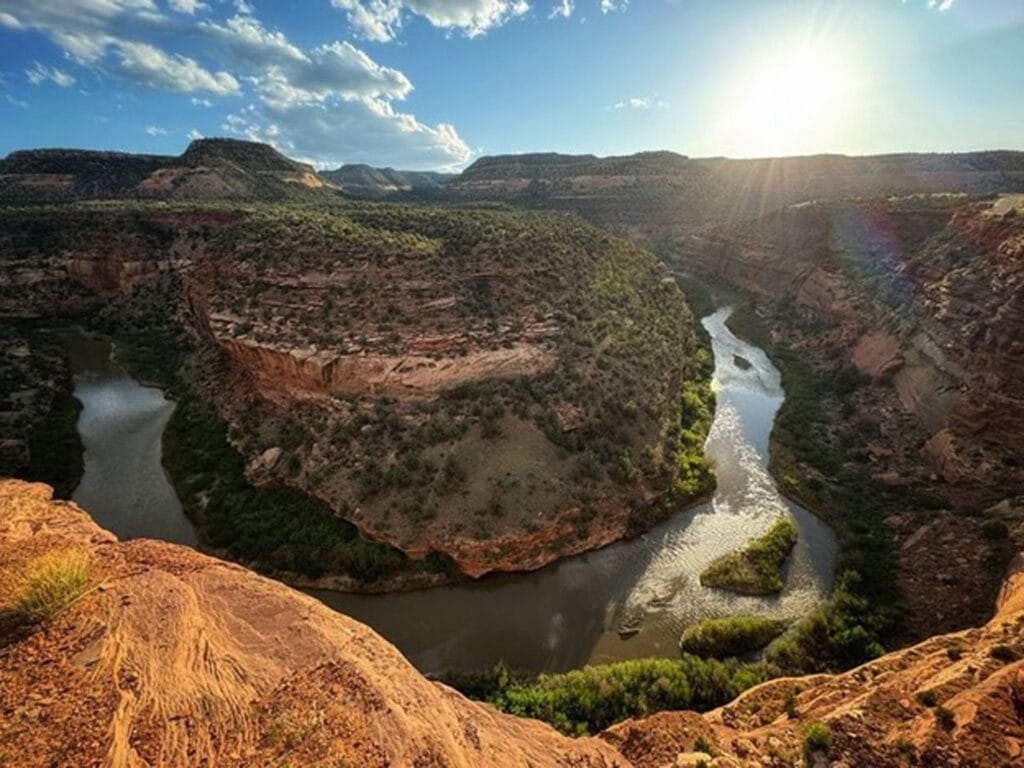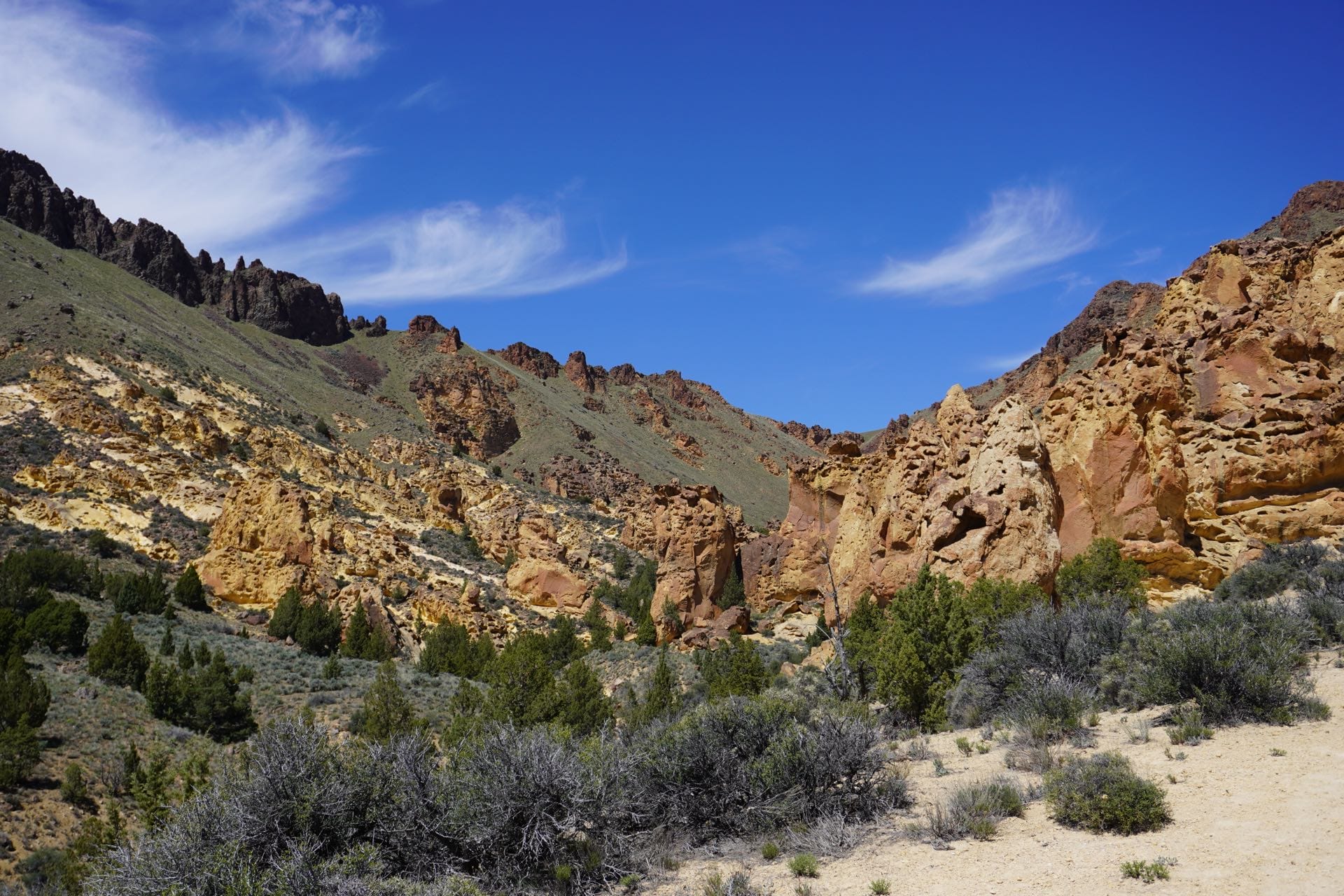Some of the best fishing and hunting opportunities in the United States are found in our national monuments.
National monuments — sites and landscapes with unique historic, cultural, scientific, geologic and ecological values — can be created either by Congress or by the President through the Antiquities Act of 1906.
Hunters and anglers, outdoor recreation interests, tribes, local businesses and traditional land users have all been strong supporters of national monument designations to date. In fact, TU and other fishing and hunting groups currently support the creation of three new national monuments; in Colorado, Oregon and California.
At times when other pathways to protection are stuck in Congressional gridlock, the Antiquities Act allows the President to permanently protect deserving public lands from over-exploitation and consumptive use. When combined with extensive public input, this tool gives us the opportunity to conserve high-quality fish and wildlife habitat, allow existing land uses to continue and ensure current and future generations can enjoy all that these wild places have to offer.

The last best places
The Owyhee Canyonlands in Oregon, Sáttítla in California and Dolores Canyons in Colorado––these public lands provide some of the best fish and wildlife habitat in the West, and along with it, the best opportunities for hunters and anglers to pursue big game, chase upland birds and catch wild trout.
But all of these landscapes currently lack strong permanent protections for habitat and water sources––and without action this year, will be left vulnerable.
On this National Public Lands Day, Trout Unlimited is calling on President Biden to designate these three landscapes as national monuments to ensure their cultural, ecological, hydrological and sporting values are permanently protected and the fish, wildlife and communities that rely on these values are sustained for generations to come.

What’s at stake?
Incredible fish and wildlife values are not the only thing the Owyhee, Dolores, and Sáttítla complexes of public lands have in common.
These landscapes all face threats from industrial scale development and energy exploration. In the Owyhee and Dolores, large mining operations, climate change and insufficiently managed recreation combine to create an urgent need for stronger conservation measures and resource protections. These desert landscapes and their unique trout fisheries are particularly at risk from the byproducts of the warming climate; more frequent and extended drought, reduced snowpacks, earlier runoff and skeletal dry season flows.
Both the Owyhee and Dolores are in regions with fast-growing human populations, and recreationists are more frequently visiting these previously quiet landscapes. While one of the highest purposes of our public lands is to provide opportunities for the public to connect with such wild places, the resource agencies responsible for managing these places have not been able to keep up with this demand, leaving much of the landscape largely unregulated or unenforced for recreation––with worrisome implications for fish, wildlife, other visitors and local residents.
The Sáttítla region of northern California (also known as the Medicine Lake Highlands) is a unique complex of public lands with extraordinary cultural, hydrological and sporting values managed almost entirely for multiple use by the United States Forest Service (USFS). The area currently lacks strong legislative or administrative protections even though the Sáttítla highlands harbor a vast natural reserve of cold, clean water––as much water as is contained by California’s 200 largest surface reservoirs combined––and are the primary source of the Fall River, a legendary native trout fishery and California’s largest spring creek. Because of this lack of strong protections, the Pit River Tribe and local partners have fought for decades to prevent proposed industrial-scale geothermal energy production and other types of development in Sáttítla.

National monument designation: What changes?
Should any of these landscapes be designated as a national monument, land managers such as the Bureau of Land Management and USFS would develop a management plan with extensive public involvement and tribal consultation to ensure these areas’ cultural, ecological, hydrologic and geologic values are protected.
Hunting and fishing are allowed in national monuments and as usual, would continue to be managed by state fish and wildlife agencies. Recreational activities like hiking, camping and rafting are similarly welcome in national monuments.

Legally designated roads and trails would remain open to the public, while new management plans can help reduce illegal off-road vehicle use and the damage to streams and upland habitats sometimes caused by this activity.
Traditional land uses like livestock grazing are also allowed in national monuments and could continue in the Owyhee, Dolores and Sáttítla regions if they were to become monuments.
National monuments only apply to federally managed lands, so private, tribal, county, city and state property would not be affected by this designation.
Monuments also protect “existing rights.” This means that most public and commercial activities continue after monuments are established. These “existing rights” can include existing oil and gas leases, valid mining claims, rights-of-way and utility infrastructure, commercial hunting and fishing and livestock grazing.
To better protect cultural, historic, geologic and habitat values, many national monuments do limit or prohibit future oil and gas leases, mining claims, rights-of-way and utility infrastructure and land disposal.
Moreover, national monument designation does not restrict nor prevent federal, state and local agencies from fighting wildfires, or treating landscapes to reduce the risk of wildfire.
Learn more about the benefits and misconceptions of national monuments to fishing, hunting and local economies in our national monument report.



